With several benefits, having a flowering plant at home can be the best idea for improving well-being.
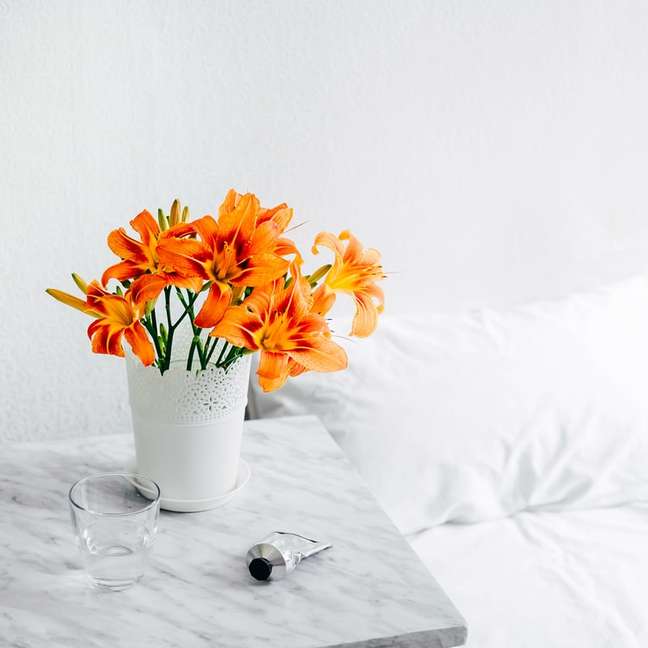
Flowering plants have the power to add color to any interior space, working as part of the decor, and they also bring a variety of mental and emotional health benefits. After all, plants have been shown to reduce stress, increase life satisfaction, increase creativity, and even boost self-esteem.
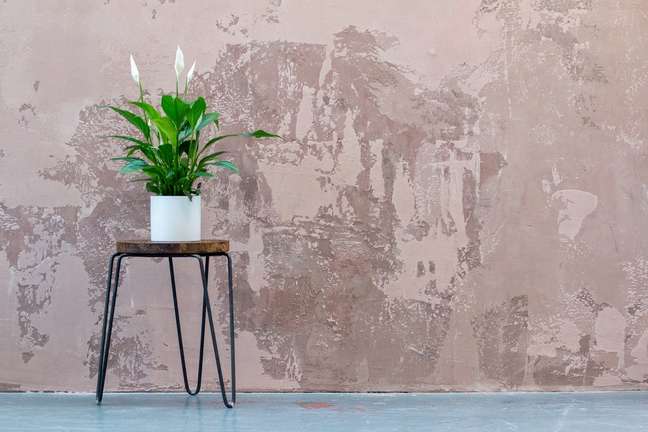
If you think you need any or all of these things at home, then this the list with 10 plants that bloom inside the house is perfect! Look at the species and how to care for each one:
1. Flower of luck (Kalanchoe Blossfeldiana)
Kalanchoe plants are long-flowering perennial succulents native to Madagascar, where they thrive in arid environments. The flowers come in a variety of colors, including red, pink, yellow and white, with the plant producing new flowers most of the year in response to sunlight.
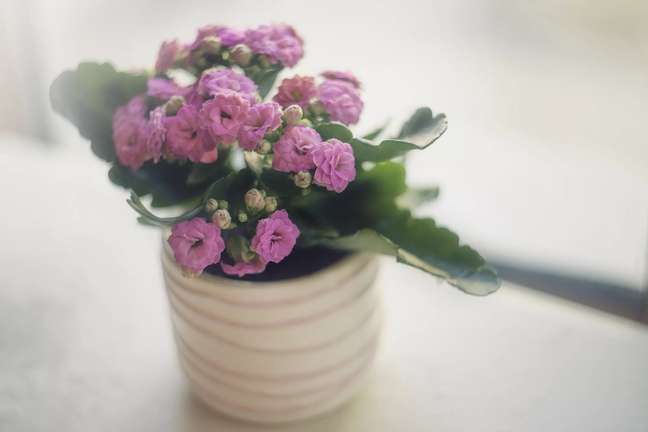
Tips for plant care
- Light: preferably in full sun; can tolerate partial shade.
- Water: Full and intermittent irrigation.
- Soil: well drained, acidic, light and sandy.
- Pet Safety: Toxic to cats and dogs.
2. African violet (Saint Paulia ionanta)
One of the most popular plants to have at home, African violets They do very well inside. They are native to Tanzania and have delicate, fluffy leaves. While violets are known to have vibrant purple flowers all year round, there are also varieties with pink, red, blue and white flowers. Since root rot is a common problem, selecting a well-draining pot is essential for these plants.
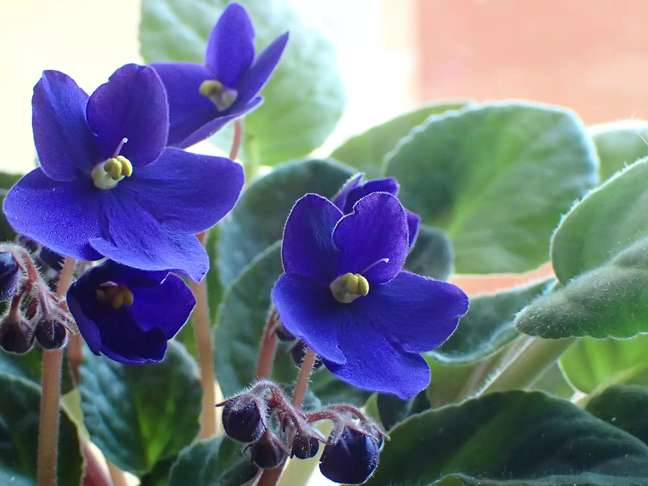
Tips for plant care
- Light: intense indirect sunlight is ideal; moderate light is adequate.
- Water: moist, but never soaked. Water when the soil appears dry at the top but wet at the bottom.
- Soil: well draining, slightly acidic. Add sand or other porous materials to the soil.
- Pet Safety: Non-toxic to cats and dogs.
3. Lemon of Sicily (citrus lemon)
Most citrus trees are grown outdoors, but lemon trees produce fragrant, delicate flowers before fruiting and can be grown indoors under the right conditions.
Trees need airflow and humiditySo, make sure there is good air circulation in your home. You will also need a misting device to spray your plant. Additionally, lemon trees need a lot of sun and water, as well as regular fertilizing.
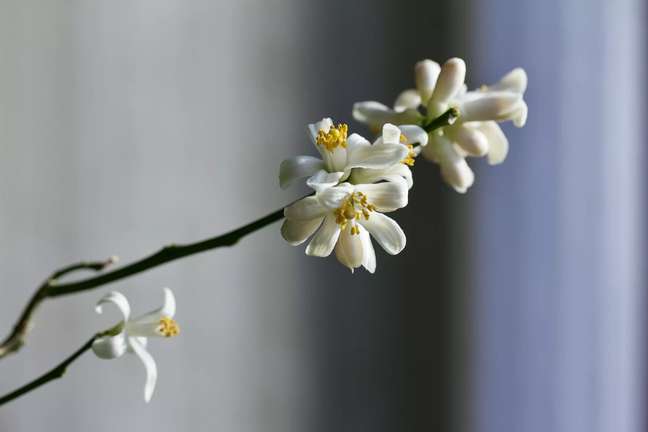
Tips for plant care
- Light: Ample direct sunlight (minimum 8 hours).
- Water: water abundantly and often.
- Soil: well drained.
- Pet Safety: Toxic to cats and dogs.
4. Jasmine (jasmine poliantum or jasmine sambac)
Gardeners love jasmine for its sweet fragrance and winter flowers. The plant normally sets in the fall and produces flowers in August, so it is recommended to leave it outdoors during this time to make sure the jasmine is exposed to cold temperatures before returning it to a place near a plant window indoors.
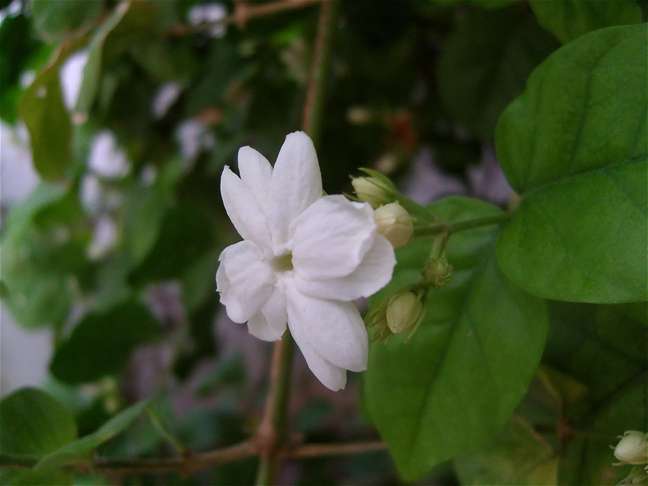
Tips for plant care
- Light: Can tolerate four hours of direct sunlight per day.
- Water: Keep the soil moist but not moist.
- Soil: porous; can add covers or other materials.
- Pet Safety: Non-toxic to cats and dogs.
5. Peace lily (Spathiphyllum wallisii)
Native to Central America, the peace lily is part of a genus of over 40 species of perennial tropical herbaceous plants. Contrary to the name, these plants are not part of the lily family and are instead related to other popular houseplants, including philodendron and alokasia.
Reaching up to 90cm tall indoors, arrangements of these plants can create a stunning look!
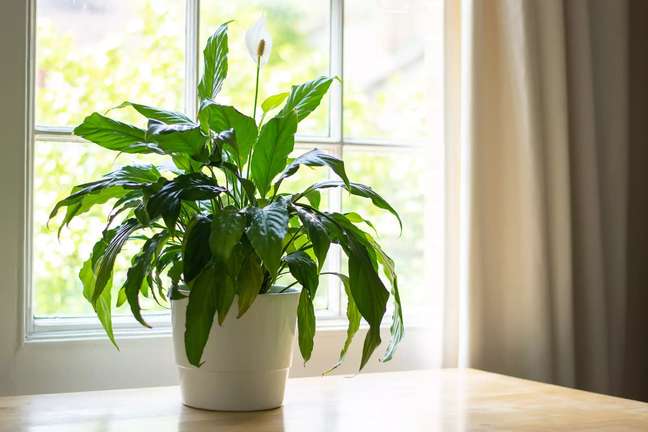
Tips for plant care
- Light: medium, indirect light.
- Water: Water when the top layer of soil dries up.
- Soil: well drained; mixture of peat and sand.
- Pet Safety: Toxic to cats and dogs.
6. Butterfly orchid (Phalaenopsis)
In tropical and subtropical Asia, where orchids are native, they grow on trees and thrive in soil with moss and bark. These flowering plants prefer warm, humid conditions and are commonly grown indoors around the world.
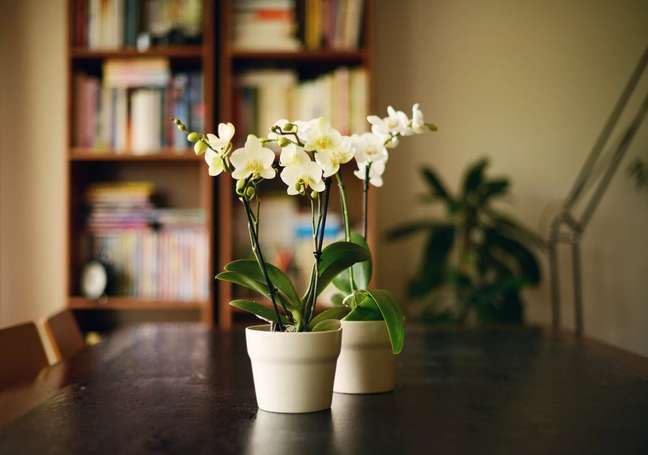
Tips for plant care
- Light: Requires indirect light and deep shadow.
- Water: always water in the morning, allow the soil to dry completely between one watering and the next.
- Soil: Use bark and / or moss.
- Pet Safety: Non-toxic to cats and dogs.
7. Amaryllis (Hippeastrum petiolatum)
Native to Central and South America, amaryllis plants produce stunning trumpet-shaped flowers that are often streaked or mottled.
Grown from bulbs typically planted in late fall or early winter, amaryllis like containers that allow about 2 inches of space between the bulb and the edge when planted. Plenty of water and organic fertilizer, applied after the appearance of a flower bud, promotes flowering.
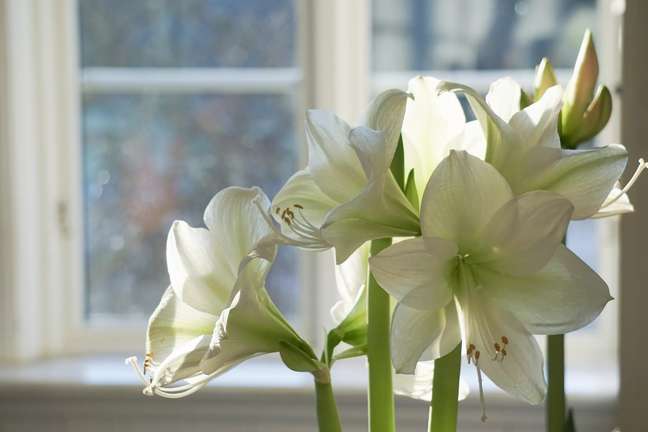
Tips for plant care
- Light: bright and indirect.
- Water: abundant water at the first sowing, then sparingly until the flowers appear.
- Soil: Clayey and perlite mix with abundant organic substance.
- Pet Safety: Toxic to cats and dogs.
8. May flower cactus (Schlumbergera truncata)
Known for their flat stems and vibrant red flowers that usually bloom in May, hence the name. An easy plant to maintain, these cacti are not like desert varieties; instead, they are native to the Brazilian rainforest and require more water.
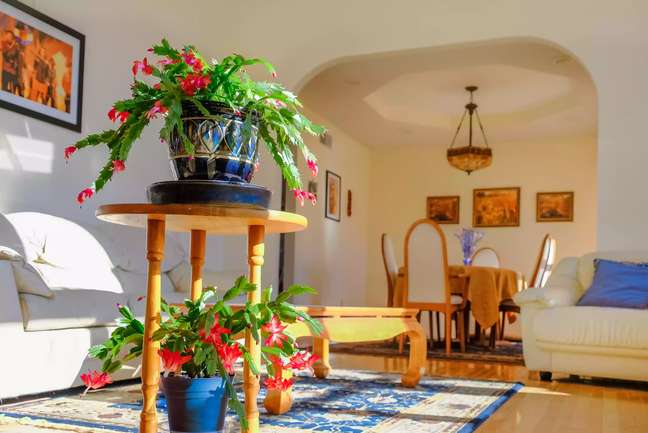
Tips for plant care
- Light: Adaptable, but prefers diffused light that mimics rainforest conditions.
- Water: water abundantly and let the soil dry between one watering and the next.
- Soil: light, well drained.
- Pet Safety: Non-toxic to cats and dogs.
9. Angel wing begonia (begonia coccinea)
Named for their foliage, which is said to be shaped like angel wings, angel wing begonias produce clusters of flowers in a variety of colors including red, white, orange, or pink.
This plant doesn’t like being sprayed, and too much moisture can cause spots and mold on the leaves. A potassium-rich fertilizer, in addition to removing flowers as they wilt and die, will encourage future flower production.
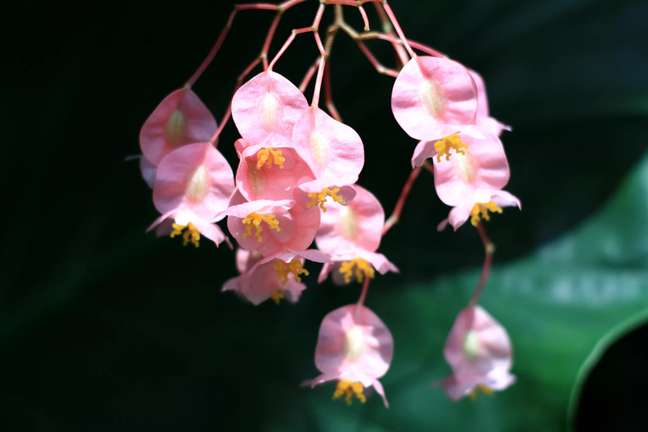
Tips for plant care
- Light: bright indirect light, no strong sun.
- Water: Let the soil drain and dry the top before watering.
- Soil: well drained, rich in organic matter.
- Pet Safety: Toxic to cats and dogs.
10. Violet pending (Streptocarpo saxorum)
Also known as false African violets, hanging violets produce small, delicate flowers and have drooping leaves, making them ideal for hanging planters and tall pots. Native to Kenya and Tanzania, the small herbaceous plant does not tolerate heat and prefers temperatures between 20-30 ° C, making it an ideal houseplant.
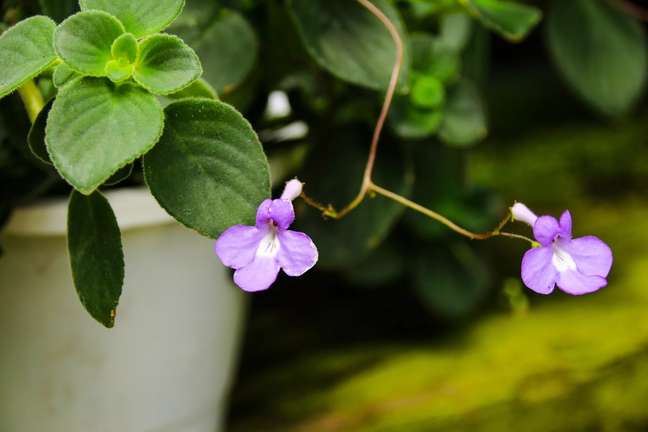
Tips for plant care
- Light: bright, indirect light; can tolerate shade, but may not bloom.
- Water: allow the mixture to dry slightly before watering.
- Soil: well drained, clayey, neutral pH.
- Pet Safety: Non-toxic to cats and dogs.
* Via TreeHugger
Source: Terra
Benjamin Smith is a fashion journalist and author at Gossipify, known for his coverage of the latest fashion trends and industry insights. He writes about clothing, shoes, accessories, and runway shows, providing in-depth analysis and unique perspectives. He’s respected for his ability to spot emerging designers and trends, and for providing practical fashion advice to readers.



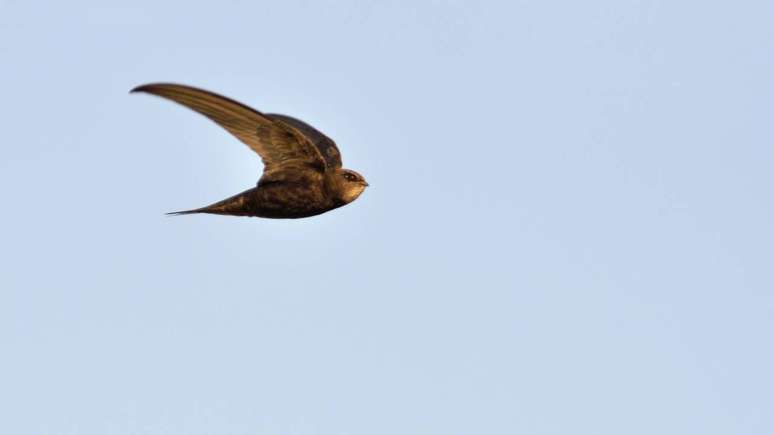

-t84500vauzw7.png)


